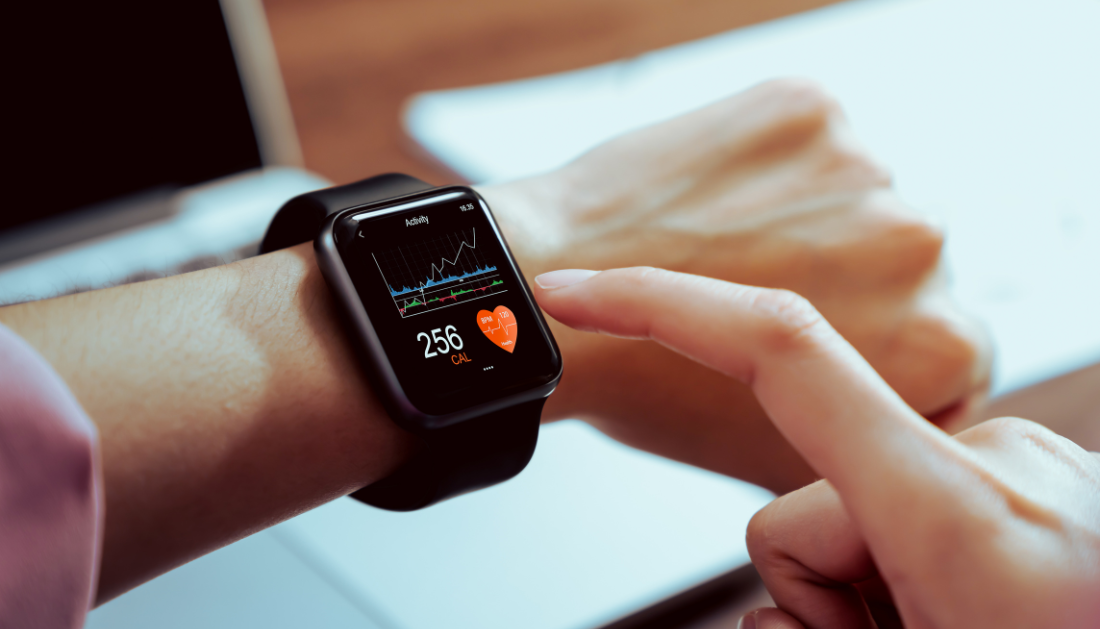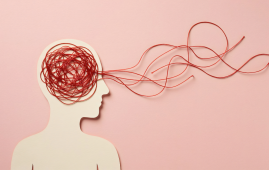

Modern technology enables individuals to monitor their heart health using devices like smartwatches, fitness trackers, and blood pressure monitors. However, a survey by The Ohio State University Wexner Medical Center reveals a crucial gap: while nearly two-thirds of Americans use these devices, only a quarter discuss their heart data findings with healthcare providers.
The national survey, involving 1,008 participants, found that smartwatches (32%), portable blood pressure monitors (31%), fitness apps (19%), and wearable trackers (13%) are the most popular tools. Despite the potential of these devices to detect issues like hypertension or irregular heart rhythms early, most users fail to share their data with doctors.
Dr. Laxmi Mehta, Director of Preventative Cardiology at Ohio State, stresses the value of self-monitoring devices in identifying problems early. For example, patterns of rising blood pressure or irregular heart rates can prompt timely consultations, preventing serious complications.
Sue VanWassenhove, a 78-year-old patient, exemplifies proactive health monitoring. Her smartwatch helped detect an unusual drop in heart rate, leading her to seek medical advice. During her visit, she discovered her smartwatch’s EKG feature, allowing her to share heart data directly with her cardiologist.
Dr. Mehta advises patients to pay attention to deviations in heart rate, which can result from conditions like dehydration, infections, or thyroid disorders, and consult a doctor when necessary. She also highlights the importance of regular exercise, recommending 150 minutes of moderate aerobic activity or 75 minutes of vigorous exercise weekly.
The study underscores the need to bridge the gap between heart health monitoring and communication with medical professionals. Sharing device data can empower individuals and healthcare providers to collaboratively manage heart health, fostering better long-term outcomes.
More Information: Ohio State University Wexner Medical Center
more recommended stories
 Gestational Diabetes Risk Identified by Blood Metabolites
Gestational Diabetes Risk Identified by Blood MetabolitesKey Takeaways (Quick Summary for Clinicians).
 Pelvic Floor Disorders: Treatable Yet Often Ignored
Pelvic Floor Disorders: Treatable Yet Often IgnoredKey Takeaways (Quick Summary) Pelvic floor.
 Urine-Based microRNA Aging Clock Predicts Biological Age
Urine-Based microRNA Aging Clock Predicts Biological AgeKey Takeaways (Quick Summary) Researchers developed.
 Circadian Control of Neutrophils in Myocardial Infarction
Circadian Control of Neutrophils in Myocardial InfarctionKey Takeaways for HCPs Neutrophil activity.
 E-Cigarette Use and Heart Attack Risk in Former Smokers
E-Cigarette Use and Heart Attack Risk in Former SmokersKey Takeaways for Clinicians and Nurses.
 Ultramarathon Physiology: What HCPs Should Know?
Ultramarathon Physiology: What HCPs Should Know?Ultramarathon Metabolism: What Happens to the.
 High-Intensity Training and Oxidative Stress Insights
High-Intensity Training and Oxidative Stress InsightsNew Evidence Linking High-Intensity Training and.
 Sterilized Fermented Beverage for Obesity: New Evidence
Sterilized Fermented Beverage for Obesity: New EvidenceEarly Insights Into a Sterilized Fermented.
 Cardiovascular Risk and Sudden Cardiac Death in Diabetes
Cardiovascular Risk and Sudden Cardiac Death in DiabetesRising Sudden Cardiac Death (SCD) Risk.
 Perinatal Mental Health Challenges Highlighted in New Study
Perinatal Mental Health Challenges Highlighted in New StudyMental Health Challenges in New Parents:.

Leave a Comment